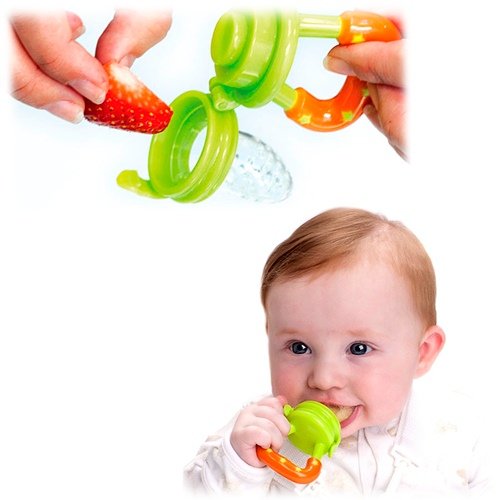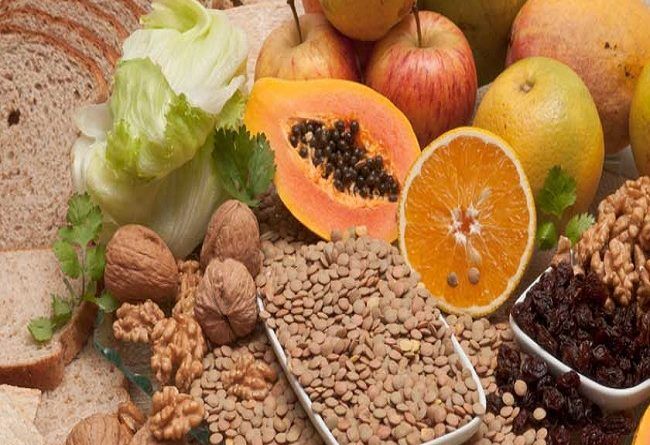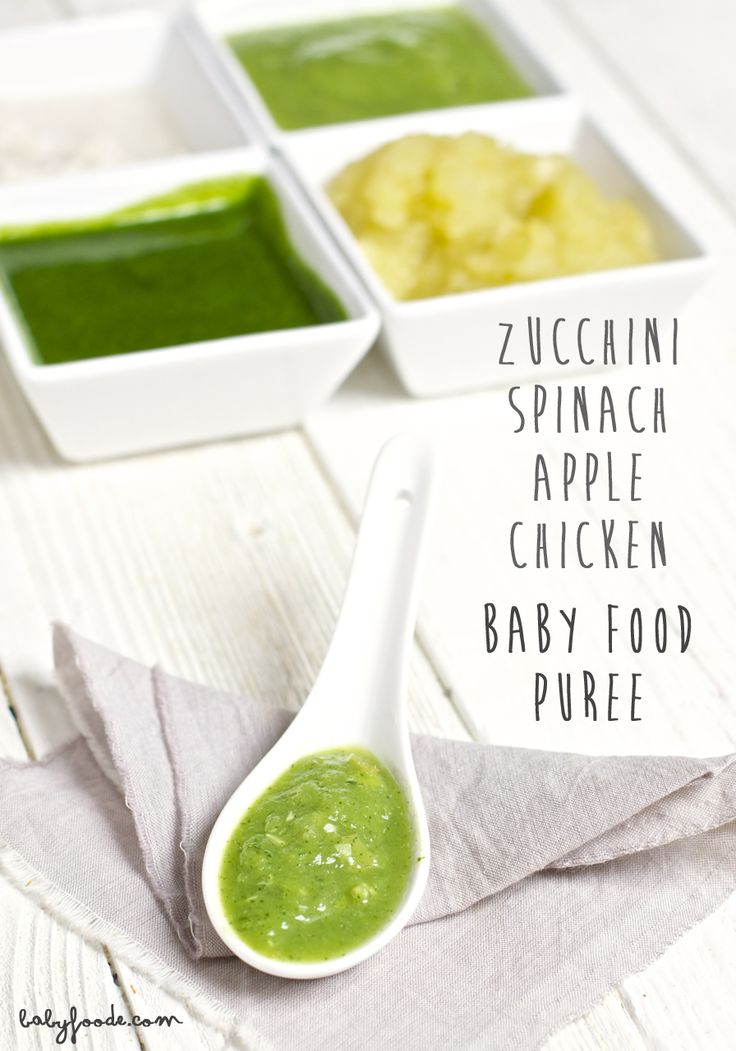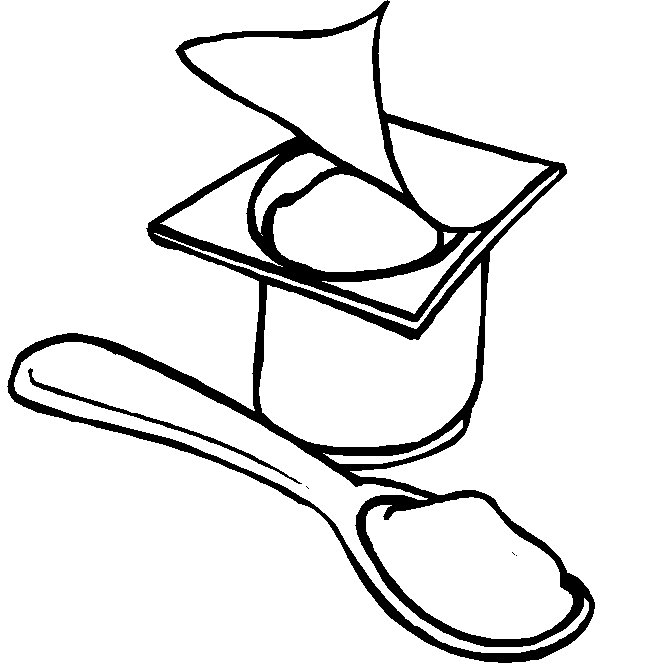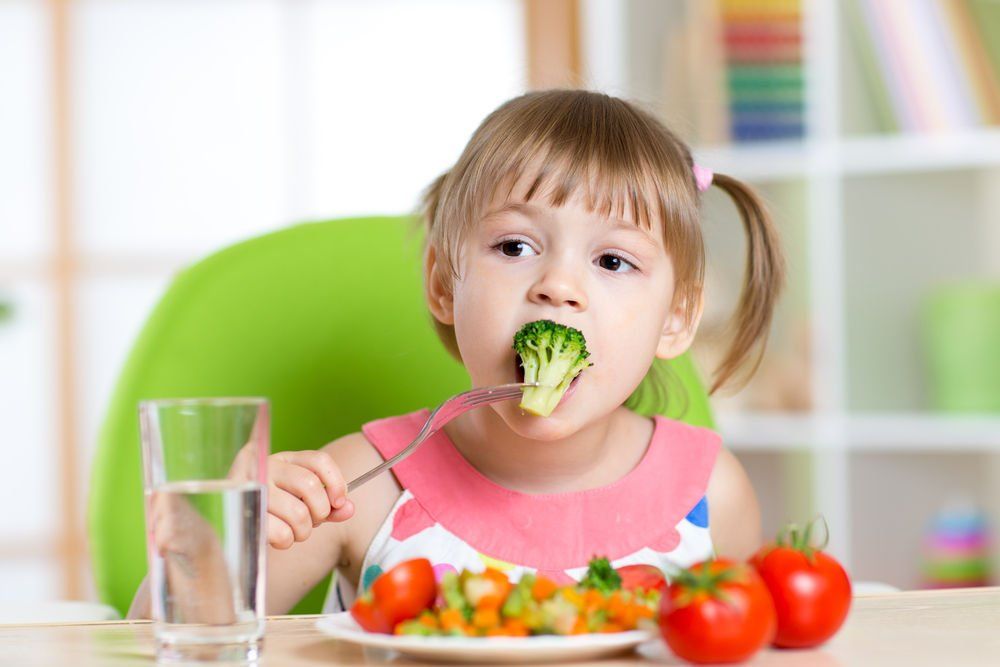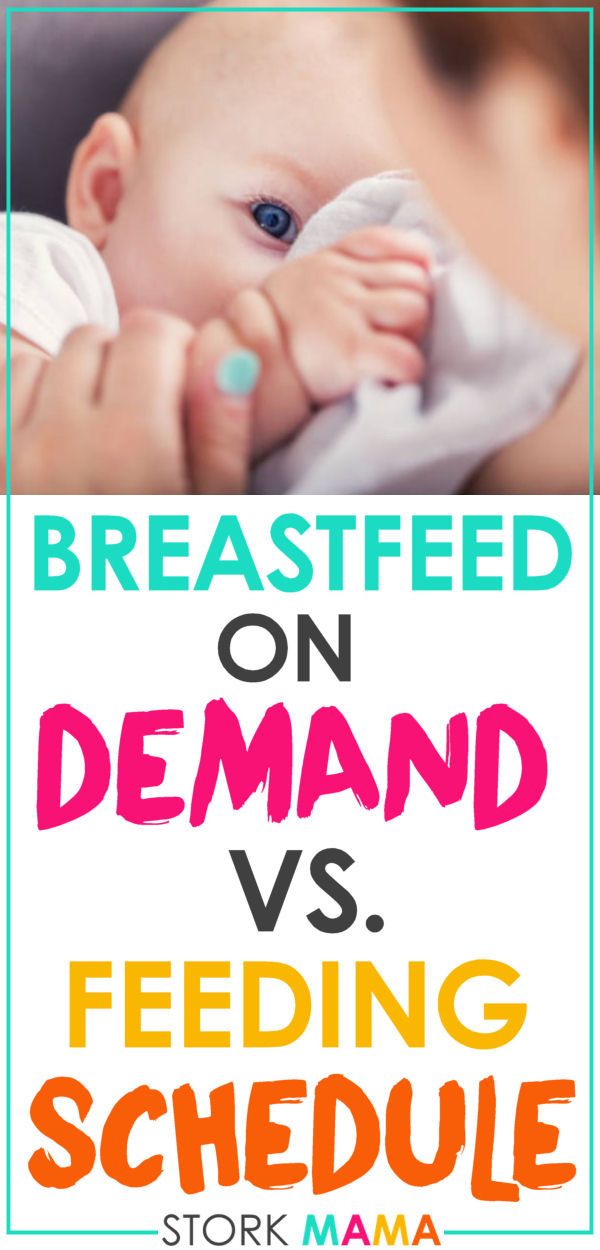Rock melon baby food
Cantaloupe for Babies - First Foods for Baby
When can babies eat cantaloupe?
Cantaloupe may be introduced as soon as your baby is ready to start solids, which is generally around 6 months of age. Note: Melons are notorious for carrying bacteria from the ground as well as for causing diarrhea in babies, so wash well and start with small serving sizes.
Warning
Cantaloupe, especially in the form of melon balls, is a choking hazard, so keep reading to learn how to serve this fruit safely.
Background and origins of cantaloupe
Cantaloupe is a type of muskmelon—a family of melons with roots in Iran that has grown to include many varieties, including canary, casaba, cavallion, crenshaw, crown, honeydew, winter melons, and more. Cantaloupe goes by different names depending on where you are in the world: rock melon in Southeast Asia and Australia, spanspek in South Africa, and in North America, the name is commonly used for a muskmelon variety that has a grey, net-like rind and sweet orange flesh. Meanwhile in Europe, cantaloupes can sometimes have a smooth white rind with green ribbing and a sweeter orange flesh. Color, shape, and size differ depending on the variety, but all share a key characteristic: sweetness!
Like all muskmelons, you’ll get a great deal by purchasing whole cantaloupe versus pre-cut. There’s also a hidden benefit to whole melons: they are less likely to contain harmful bacteria than pre-cut melon pieces.1
Is cantaloupe healthy for babies?
Yes. While cantaloupe doesn’t top the nutrition charts, it contains vitamins A and C—two powerful antioxidants that support cellular repair, eyesight, and immunity. Compared to its popular sister the honeydew melon, cantaloupes offer almost twice as much vitamin C and about 67% more beta-carotene, which gives the melon’s flesh its bright orange color. In addition to offering essential nutrients, cantaloupe can also alleviate constipation in babies because they are mostly water, which helps move things along in their little digestive systems. (And often a bit too helpful!)
In addition to offering essential nutrients, cantaloupe can also alleviate constipation in babies because they are mostly water, which helps move things along in their little digestive systems. (And often a bit too helpful!)
Is cantaloupe a common choking hazard for babies?
Yes. Cantaloupe is firm and slippery—two qualities that can increase the risk of choking. The risk is even greater when cantaloupe is served as melon balls; never use a melon ball scooper when preparing foods for babies. It’s easy to prepare cantaloupes in a safe way for babies of all ages. Check out our age-specific preparation ideas!
For more information, visit our section on gagging and choking and familiarize yourself with common choking hazards.
Is cantaloupe a common allergen?
No, allergies to cantaloupes are rare. However, individuals with Oral Allergy Syndrome (also called food-pollen allergy syndrome) may be sensitive to cantaloupe.2 As you would when introducing any new food, start by offering a small quantity on its own for the first couple of servings. If there is no adverse reaction, gradually increase the quantity over future meals.
If there is no adverse reaction, gradually increase the quantity over future meals.
How do you prepare cantaloupe for babies with baby-led weaning?
Every baby develops on their own timeline, and the suggestions on how to cut or prepare particular foods are generalizations for a broad audience. Your child is an individual and may have needs or considerations beyond generally accepted practices. In determining the recommendations for size and shape of foods, we use the best available scientific information regarding gross, fine, and oral motor development to minimize choking risk. The preparation suggestions we offer are for informational purposes only and are not a substitute for child-specific, one-on-one advice from your pediatric medical or health professional or provider. It is impossible to fully eliminate all risk of a baby or child choking on any liquid, puree, or food. We advise you to follow all safety protocols we suggest to create a safe eating environment and to make educated choices for your child regarding their specific needs. Never disregard professional medical advice or delay in seeking it because of something you have read or seen here.
Never disregard professional medical advice or delay in seeking it because of something you have read or seen here.
6 to 12 months old: Wash the rind of the cantaloupe well before cutting. Cut the pieces into large but thin rectangles. To encourage self-feeding, hand a piece in the air for your baby to grab.
12 to 18 months old: Ruler thin slices or crescent half-moons are the way to go. At this age babies tend to shovel food into their mouths as they get confident and thin, long pieces help slow things down and encourage them to take bites. Remember: never use a melon ball scooper when preparing food for babies or toddlers.
18 to 24 months old: At this age, many toddlers are ready to handle large wedges of melon, with the rind on. Just make sure to wash the outside rind before cutting into the melon and remove any lingering seeds.
A thin slice of cantaloupe for babies 6 mos+A thin slice of cantaloupe for babies 6 months+For more information on how to cut food for babies, visit our page on Food Sizes & Shapes.
Recipe: Cantaloupe-Coconut Bites
Ingredients
- 1 whole cantaloupe
- 1 tablespoon unsweetened shredded coconut
Directions
-
Wash the melon rind and pat it dry. Cut the melon in half and scoop out the seeds. Slice one half again to cut the desired amount and wrap the other half in plastic wrap or place in a sealed container and store in the fridge for future meals.
-
Cut the other half into age-appropriate sizes (see suggestions above) and transfer to your baby’s serving plate or bowl.
-
Sprinkle the shredded coconut on the cantaloupe, which will not only add some grip to make it easier for babies to hold, it will also boost the nutritional value of the meal.
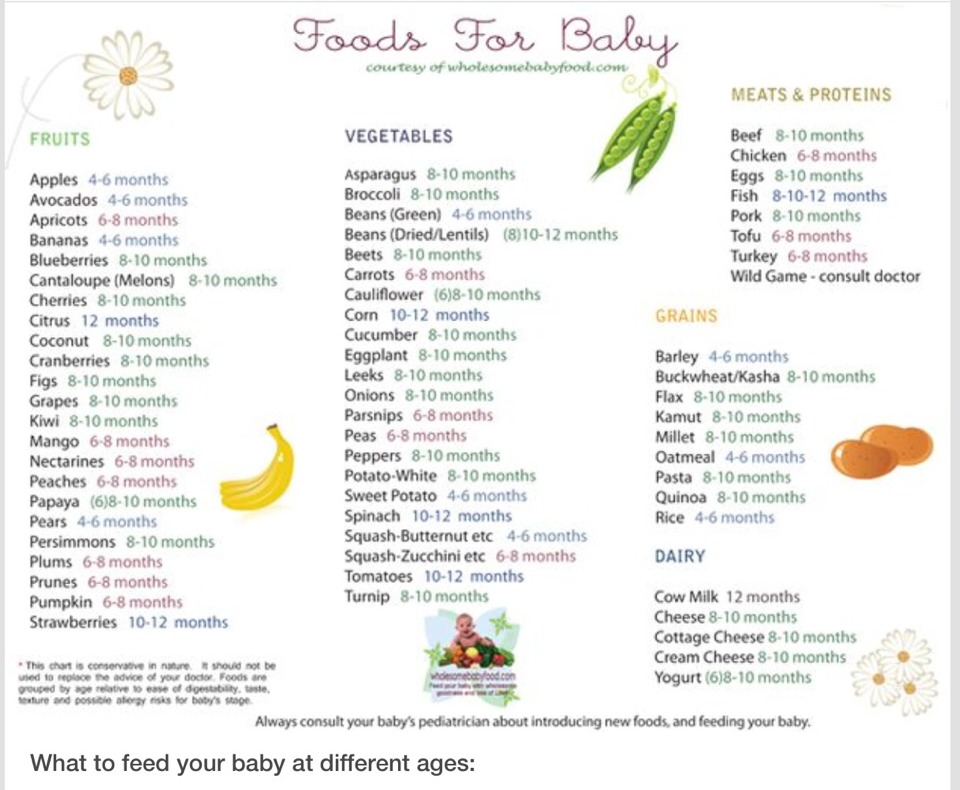
Note: This recipe contains coconut, which is classified as an allergen by some institutions. Only offer to your baby after coconut has been safely introduced and allergy ruled out.
Flavor Pairings
The sweet muskiness of cantaloupe pairs well with savory foods like almonds, cashews, chicken, and fish. It also balances tart fruits like citrus, green grapes, or strawberries. Try pairing cantaloupe with its cousins in the gourd family: cucumber and other muskmelons like honeydew. Adding layers of flavor like freshly grated ginger or herbs like basil, lemongrass, or mint will lend complexity to the dish.
- Centers for Disease Control and Prevention. (2019). Food Safety Alert: Salmonella Infections Linked to Pre-Cut Melon. Retrieved June 15, 2020
- Figueredo, E., Cuesta-Herranz, J., De-Miguel, J., Lázaro, M., Sastre, J., et al. (2003). Clinical characteristics of melon (Cucumis melo) allergy. Annals of allergy, asthma & immunology: official publication of the American College of Allergy, Asthma, & Immunology, 91(3), 303–308.
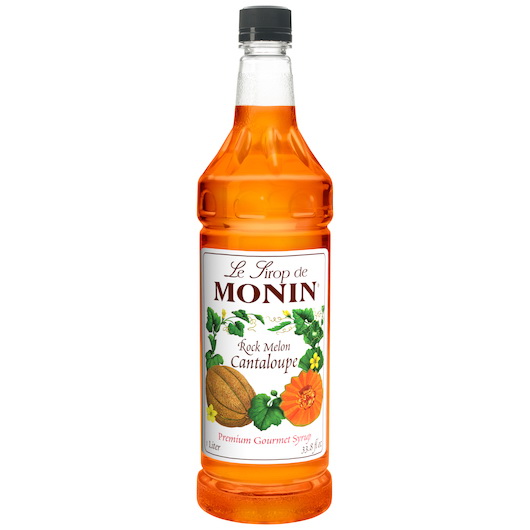 doi: 10.1016/s1081-1206(10)63534-x Retrieved June 15, 2020
doi: 10.1016/s1081-1206(10)63534-x Retrieved June 15, 2020
Cantaloupe for Baby (puree and baby-led weaning)
Home » Recipes by Age » 6-9 Months » Cantaloupe for Baby (puree and baby-led weaning)
Learn how to prepare cantaloupe for your baby in 8 delicious and easy ways! As a deliciously sweet fruit, Cantaloupe and all other melons, can be served to babies 6 months and up. Serve them as a baby food puree, as a solid for the finger food stage or for baby-led weaning.
Medically reviewed and co-written by Jamie Johnson, Registered Dietitian Nutritionist (RDN), and Lauren Braaten, Pediatric Occupational Therapist (OT).
Cantaloupe for Baby
Looking to serve cantaloupe 🍈 to your baby, but not sure how?
Then this guide is for you!
In this guide, we will go over all the information you need in order to serve cantaloupe to your baby as a puree, as a finger food, or for baby-led weaning. Below you will learn the benefits of cantaloupe for our baby, FAQs, how to select and store cantaloupe, as well as 8 delicious and easy recipes for you to try.
First time making homemade baby food? Then, I would suggest that you start by reading my very in-depth Guide on how to Make Homemade Baby Food – which goes over all the important information such as the best cooking tools to have on hand, safe storage, how to know when baby is ready for solids, how to introduce purees, the best first foods for baby, and more! If you are doing Baby-Led Weaning, then be sure to check out my Complete Guide to Baby-Led Weaning – which covers what exactly is baby-led weaning, to every parent’s concern of baby-led weaning and choking, this guide goes over it all. I will also share how to know when baby is ready for BLW, the top 10 best first foods, a helpful sample blw feeding schedule, helpful tools to have on hand, and much much more!
Want more information? Then make sure to check out my best-selling cookbook for even more information and recipes!
Cantaloupe for Baby Video
Watch this video to get some ideas on how to serve melon to your baby!
Reasons to Love Cantaloupe for Baby
- delicious baby food purees – 6+ months
- great for baby-led weaning – 6+ months
- also great for the finger food stage – 9+ months
- full of essential nutrients for baby
- different ways for baby to eat – spoon-fed or self-feed
- easy to make – no cooking required
- recipes are great for Honeydew, Cantaloupe and other varieties of melons
Nutritional Benefits of Cantaloupe
Melons are filled with a wide variety of nutrients for your baby;
- Contain potassium, an important electrolyte for maintaining fluid balance, muscle contractions and normal heartbeat.
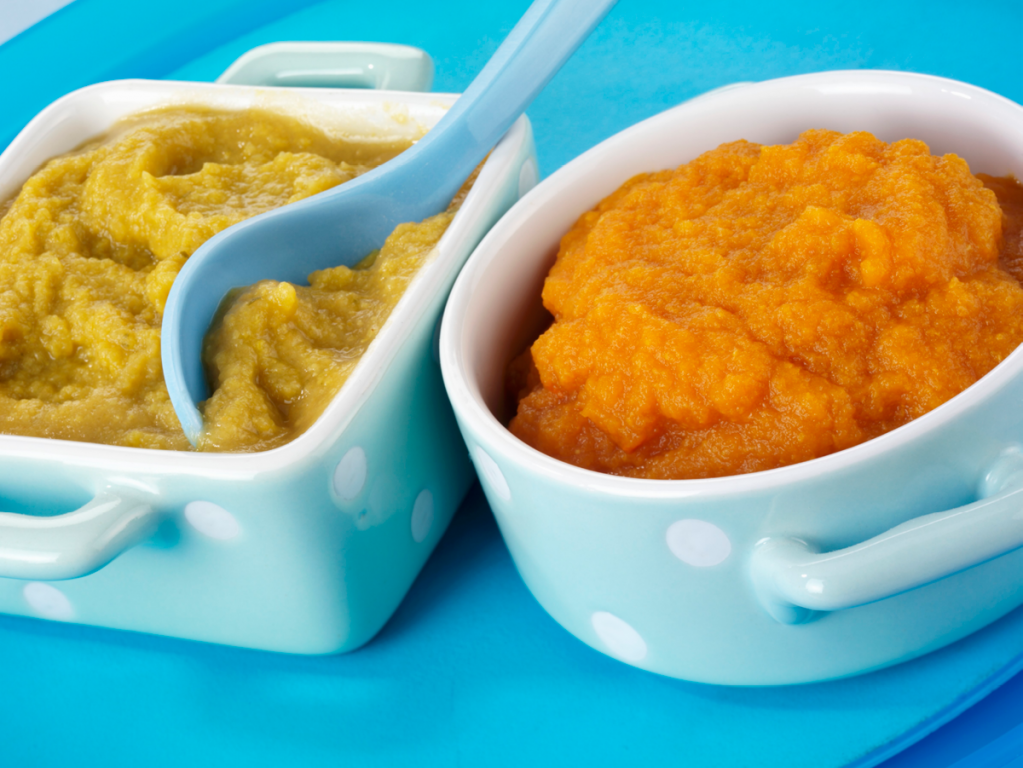
- High in vitamin C, which supports the immune system and helps with iron absorption.
- Cantaloupe is an excellent source of vitamin A, which is necessary for healthy eyes and skin.
- High water content helps keep your baby hydrated and relieves constipation.
How to Pick a Ripe Cantaloupe
Here’s how to pick a cantaloupe that’s perfectly ripe and ready to enjoy:
- Weight: pick up the melon and hold it in your hands. If it feels heavy for its size, you have a cantaloupe that’s close to ripe.
- Touch: a ripe cantaloupe should have the right level of firmness. It shouldn’t be as hard as a watermelon, although too soft and it may be past its prime.
- Color: if the rind on your cantaloupe has a greenish hue, it likely needs a couple more days to ripen fully. But if the rind has a beige, pale yellow hue, it’s likely ripe and ready for eating.
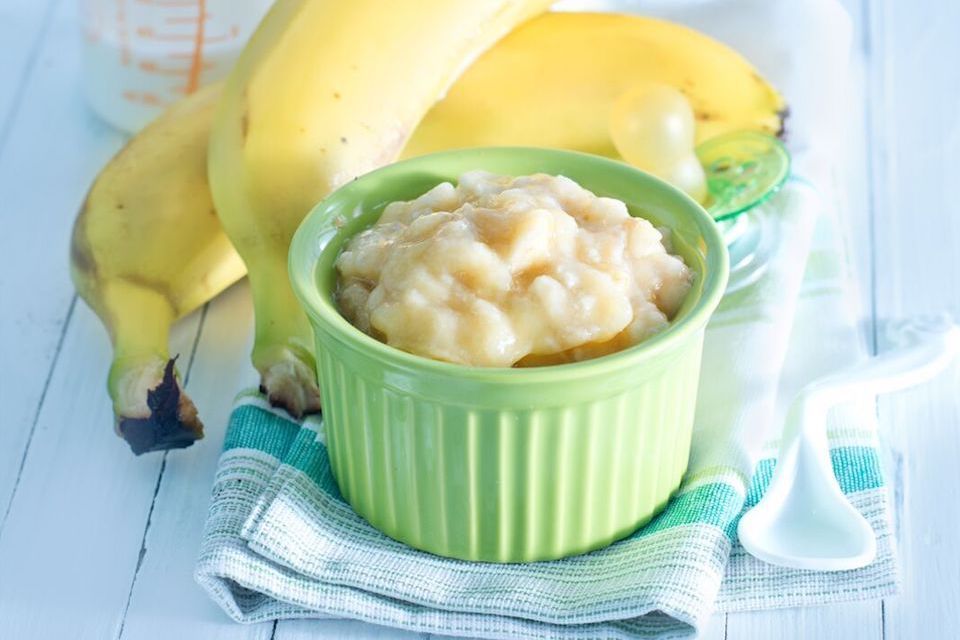
- Sound: give the melon a little shake. If it’s ripe, you should hear all those little seeds making a rattle.
- Scent: give it a quick sniff. Ripe cantaloupes should have a sweet, musky smell. If you don’t smell anything, it’s likely not ripe yet.
How to Store a Melon: You can store uncut, whole cantaloupe at room temperature for a couple of days. If you aren’t ready to cut your cantaloupe, you can store it in the fridge for about 5 days. If your cantaloupe isn’t ripe enough, you can keep it in a closed paper bag to accelerate the process.
Frequently Asked Questions
When can I introduce melon to my baby?
Whether you’re starting your baby on purees or are doing baby-led weaning, cantaloupe is a refreshing and enjoyable first food for your baby! When a baby can start on solids is determined by their own rate of development, which generally comes between 4-6 months of age for purees and or after 6 months for baby-led weaning. Some of the developmental milestones your baby needs to reach in order to start on solids include: if your baby has solid control of their head and neck, if your baby has doubled in weight, and if your baby is reaching for or opening their mouth when you eat (see my guide here). Before you start your baby’s feeding journey, you should consult with your pediatrician to make sure your child is developmentally ready.
Some of the developmental milestones your baby needs to reach in order to start on solids include: if your baby has solid control of their head and neck, if your baby has doubled in weight, and if your baby is reaching for or opening their mouth when you eat (see my guide here). Before you start your baby’s feeding journey, you should consult with your pediatrician to make sure your child is developmentally ready.
Is melon a choking hazard?
Yes, melon can be a choking hazard, especially when served in the form of melon balls. Always serve melon in an age-appropriate way.
Is melon a common allergen?
No, melon is not a common allergen; however, as with all foods, start with a small portion and be aware of any signs that may be an allergic reaction after introducing it.
Does melon cause constipation for babies?
Melon does not usually cause constipation in babies. In fact, due to its high water content, it can actually help relieve constipation.
In fact, due to its high water content, it can actually help relieve constipation.
Types of Melons
There are actually many different types of melons, including Winter Melon, Banana Melon, Canary Melon, and Galia Melon but the most common ones in the States are:
- Watermelon
- Honeydew
- Cantaloupe
These tools will make it a lot easier for you to serve melon to your baby. For more of my favorite kitchen tools, make sure to check out my shop.
- Blender or Food Processor
- Storage Containers for Fridge
- highchair
- bib with catch pocket
- Baby Bowls
- Suction Baby Plates
- Baby Spoons
- Freezer Storage Tray
- Gootensil
- Saucepan
- Baking Sheet
There are several different ways to prepare melon for your baby! You can make it into a smooth puree, a combination puree, a chunky puree for stage three, mashed and spread on toast or whole for baby-led weaning or a finger food.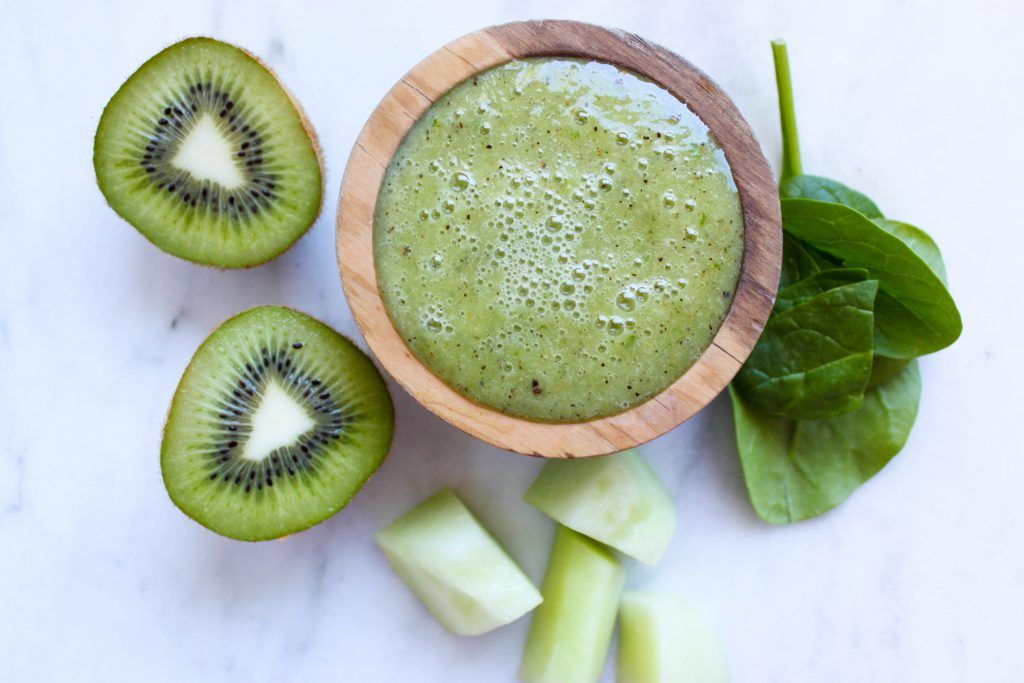 Here are 8 of my favorite ways to serve cantaloupe to baby:
Here are 8 of my favorite ways to serve cantaloupe to baby:
- Basic Cantaloupe Puree
- Cantaloupe Banana Yogurt Puree
- Cantaloupe Cauliflower Mint Puree
- Chunky Cantaloupe Tofu Puree with Mint
- Cantaloupe for Baby-Led Weaning or Finger Foods: thin strips, cut into small pieces or in a small wedge.
- Chunky Cantaloupe Tofu Puree with Mint
- Cantaloupe Lemon Popsicles for Baby
- Cantaloupe Smoothie
Basic Cantaloupe Puree
This simple, yet delicious stage one puree takes all of 60 seconds to make!
Instructions (for the full recipe, see recipe card below): blend ripe pieces of cantaloupe until smooth, pour into a bowl and serve. Due to cantaloupes’ high water content, this puree will be on the thinner side.
More Ways to Serve: you can serve this Basic Cantaloupe Puree with yogurt, mixed with apple, pear, or sweet potato puree, or swirled into oatmeal, quinoa, cottage cheese or ricotta.
Cantaloupe Banana Yogurt Puree
This super creamy and thick cantaloupe puree is another easy puree that can be made in minutes. It’s great for spoon feeding to your baby or served in a reusable pouch.
Instructions (for the full recipe, see recipe card below): place cantaloupe chunks, banana and yogurt into a blender and puree for 30-60 seconds or until smooth. Pour into a baby bowl and serve.
Cantaloupe Cauliflower with Mint Puree
A tasty way to incorporate cauliflower into a baby’s diet! Gently steamed cauliflower is paired with naturally sweetened cantaloupe and rounded out with fresh mint. You can also use basil or chives in place of the mint.
Instructions (for the full recipe, see recipe card below): steam some cauliflower until fork tender.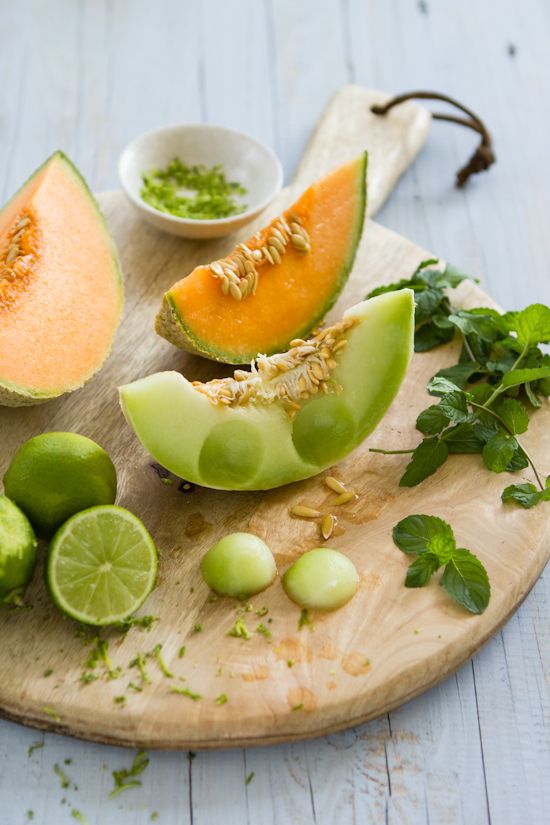 Transfer to a blender, add cantaloupe and mint, and puree until smooth.
Transfer to a blender, add cantaloupe and mint, and puree until smooth.
Chunky Cantaloupe Tofu and Mint
Cantaloupe and tofu make a great team! Here we are roughly chopping both and pairing them with a sprinkle of chopped mint for an easy finger food for baby. You can use raw tofu or cook it lightly in a skillet before chopping and adding to the cantaloupe.
Instructions (for the full recipe, see recipe card below): on a cutting board, roughly chop some cantaloupe and sprouted tofu. Mix together and then sprinkle on some chopped mint or basil to the top.
Cantaloupe for Self Feeding
Cantaloupe is a good food for your baby to self-feed, whether for baby-led weaning, which happens around 6 months of age, or during the finger foods stage at 9 months.
Large Stick – 2 fingers wide (6+ months): great for babies 6+ months or just starting on solid foods.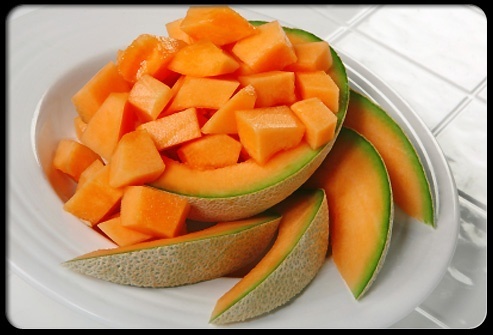 It’s best to start your baby with a bigger piece of cantaloupe, at least 2 fingers wide.
It’s best to start your baby with a bigger piece of cantaloupe, at least 2 fingers wide.
Chopped or Wedge (9+ months): when your baby’s pincer grasp has developed, you can serve chopped bite-size pieces of cantaloupe or a wedge to your baby.
Wedges or Smaller Sticks (12+ months): as your baby’s eating skills advance you can serve them wedges of cantaloupe so they can learn how to take a bite as well as smaller sticks.
Cantaloupe Lemon Popsicles
Want a fun way to serve cantaloupe to your baby on a hot day? Then try these Cantaloupe Popsicles! Made with only 4 ingredients; these popsicles will be a fun (if not a little messy) way for your baby to explore this popular fruit!
Instructions (for the full recipe, see recipe card below): blend cantaloupe, yogurt, lemon juice and sweetener (optional). Pour into small baby-friendly popsicle molds and freeze. Once frozen, take a popsicle out of the mold and hand it to your baby.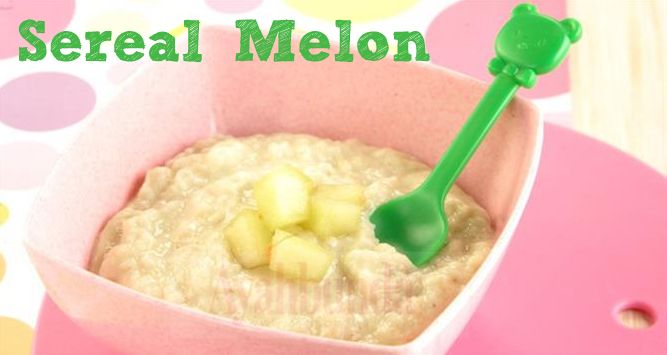
Cantaloupe Smoothie
Made with 6 simple ingredients – including one veggie – this smoothie is easy to make and even easier to drink! Great for 9+ months!
Instructions (for the full recipe, see recipe card below): place cantaloupe, frozen mango, frozen banana, frozen cauliflower, chia seeds and milk into a blender and puree until creamy. Pour into a baby-safe cup and serve.
Tips for Feeding Melon to Baby
- Buy whole melon instead of pre-cut and always wash before cutting to reduce the risk of salmonella.
- Pick a cantaloupe – by choosing a firm and symmetrical melon that is free from bumps, cuts, and dents.It should feel heavy in your hands and have a sweet scent.
- Wash First: Make sure you wash and dry your watermelon for cutting into it.
Or watch the shortened video here.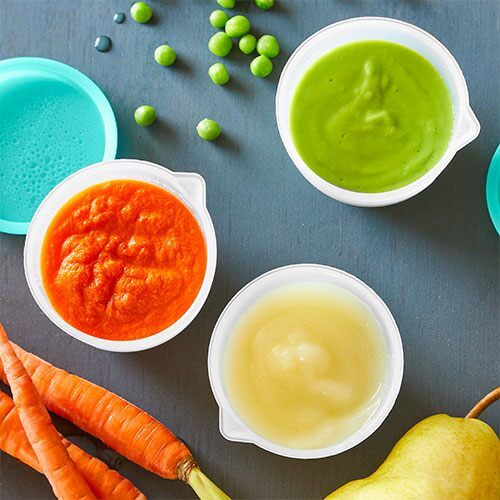
Basic Cantaloupe Puree
- 2 cups cantaloupe, peeled, deseeded and roughly chopped
Cantaloupe Banana Yogurt Puree
- 1 cup cantaloupe, peeled, deseeded and roughly chopped
- 2 medium bananas, ripe
- 1/2 cup plain whole milk yogurt
Cantaloupe Cauliflower Mint Puree
- 1 cup cantaloupe, peeled, deseeded and roughly chopped
- 2 cups cauliflower
- 2 mint leaves
Chunky Cantaloupe Tofu and Mint
- 1/4 cup cantaloupe chunks
- 1/4 cup sprouted tofu
- 2 mint leaves, finely chopped
Cantaloupe for Self Feeding
- 1 slice cantaloupe
Canaloupe Lemon Baby Popsicles
- 2 cups cantaloupe
- 3/4 cup plain yogurt
- 2 tbsp fresh lemon juice
- 2-3 tbsp agave nectar or maple syrup (optional)
- 1 cup strawberries (Optional)
Cantaloupe Smoothie
- 1 cup cantaloupe
- 1/2 cup frozen mango
- 1 medium banana, preferable frozen
- 1/4 cup frozen caulilfower florets or califlower rice
- 1/2 tsp chia seeds (optional)
- 2-3 tbsp honey (over 1 year), maple syrup or agave nectar (optiona)
- 3/4 cup milk, regular, almond, soy, cashew, oat, etc.

Basic Cantaloupe Puree
Place the cantaloupe into a blender.
Puree on medium speed for 10-20 seconds or until smooth.
Serve and enjoy!
Cantaloupe Banana Yogurt Puree
Place the banana, cantaloupe and yogurt into a blender.
Puree for 30-60 seconds or until smooth.
Serve and enjoy!
Cantaloupe Cauliflower Mint Puree
In a medium saucepan, bring 2″ of water to a boil over medium heat. Place the cauliflower into a steamer basket, cover and cook for 9-11 minutes or until tender. Reserve steamer water. Let cool slightly.
Place the cauliflower, cantaloupe and mint into a blender and puree for 1-2 minutes on medium-high or until smooth.
Serve and enjoy!
Chunky Cantaloupe Tofu and Mint
Place cantaloupe and tofu on a cutting board and finely chop into very small pieces.
Transfer the cantaloupe and tofu to a small bowl and add in mint, mix until incorporated.

Serve and enjoy!
Cantaloupe for Self Feeding
Serve to your baby in thick sticks, chopped, as a wedge, on the rind, or in small sticks depending on your baby's age (see graph).
Cantaloupe Lemon Popsicle
Place the cantaloupe, yogurt, lemon juice, sweetener (if using), and the strawberries (if using) into a blender and blend on medium-high speed puree the cantaloupe mixture for 1-2 minutes or until the mixture is completely smooth.
Using your favorite popsicle mold, pour the cantaloupe mixture into the molds until the fill line. Place in the popsicle sticks.
Place the popsicle mold into the freezer and let freeze for at least 5 hours but preferably overnight. Once frozen, take a popsicle out of the freezer and take out of the mold. Eat and enjoy.
Creamy Cantaloupe Smoothie
In a blender add in the cantaloupe, mango, banana, cauliflower, chia seeds, honey (over 1 year) and milk.
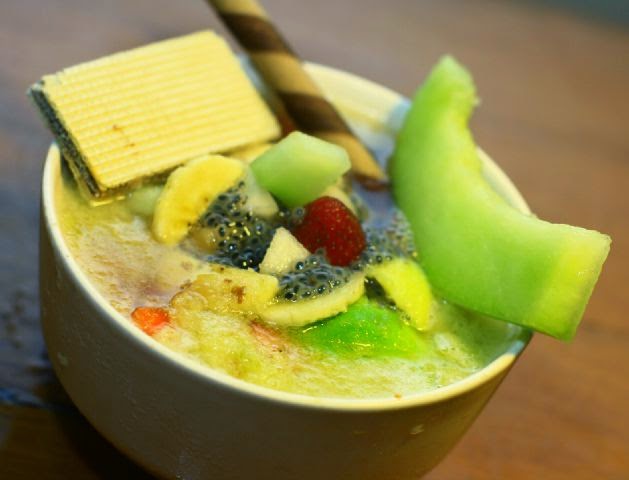 Turn the blender on and blend for 1-2 minutes or until completely smooth.
Turn the blender on and blend for 1-2 minutes or until completely smooth.Once blended, pour into a small cup with a lid and serve.
Age: 4-6+ months for puree, 6+ months for baby-led weaning.
Storage: you can store the purees in the fridge for up to 4 days or in the freezer for 4 months. You can store the finger foods in the fridge for up to 3 days.
Yield: the purees will yield you roughly 6-8 ounces of puree, while the finger foods will give you 1-2 servings.
Blender
Freezer Tray
NumNum Pre-Spoon GOOtensils
Bumkins Baby Bowl
Kids Glass Cups
Did you make this recipe?
Tag @babyfoode on Instagram and hashtag it #babyfoode!
Pin Recipe Email a Friend
Simple recipe for winter for baby
Content
- 1 Useful properties of melon puree
- 2 Features of puree made of melon for winter
- 3 Ingredients for melon puree
- ,0005 4 simple melon puree for winter
- 5 Terms and conditions of storage
- 6 Conclusion
The first months or even years after birth, the baby should be fed with mother's milk.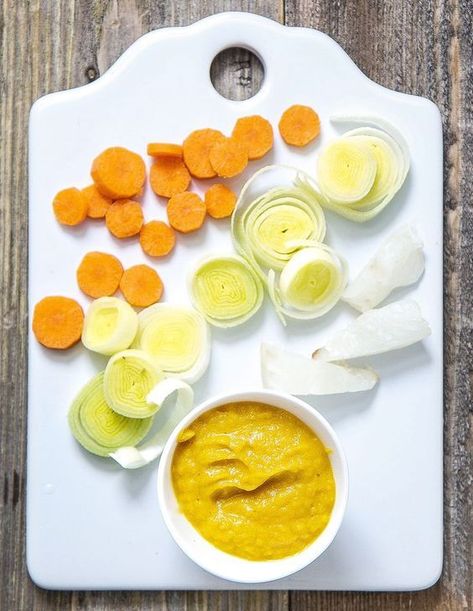 However, this does not always work out, and here baby food comes to the rescue, which includes products that are suitable in their properties for the age of the child. These are artificial mixtures, cow's milk, some types of cereals, vegetables and fruits. It is important to know at what age you can eat baby melon puree and how to cook it properly in order to stock up on a delicious treat for the winter.
However, this does not always work out, and here baby food comes to the rescue, which includes products that are suitable in their properties for the age of the child. These are artificial mixtures, cow's milk, some types of cereals, vegetables and fruits. It is important to know at what age you can eat baby melon puree and how to cook it properly in order to stock up on a delicious treat for the winter.
Useful properties of melon puree
Melon is very useful for a growing child's body. It contains a lot of useful nutrients that help the child to form healthy, cheerful and active. Among them are:
- ascorbic acid - strengthens the body's immune forces, fights colds, viruses, pathogenic microorganisms;
- B vitamins - help to form a strong nervous system;
- folic acid - prevents the development of anemia, promotes the absorption of iron;
- vitamin A - strengthens eyesight, is necessary for the full growth and development of the child;
- nicotinic acid (vitamin PP) - increases the efficiency of metabolic processes;
- phosphorus and calcium - necessary for the growth of bones and teeth;
- iodine - supports the functionality of the endocrine system;
- zinc - provides health to hair, nail plates;
- iron - participates in the hematopoietic function, the formation of red cells;
- copper - ensures the transfer of oxygen to the internal organs;
- cobalt - participates in the formation of the musculoskeletal system, cell renewal, hematopoiesis.

Melon, like corn, contains gold in a form digestible by the body. The element has a positive effect on the functioning of the immune system, helps the body fight viruses and bacteria. The rich composition makes the melon no less useful than a watermelon, and in some respects it significantly surpasses it. The properties of the fruit are also valuable and varied:
- contains a high concentration of natural sugars, which are very quickly absorbed and saturate the body with energy;
- magnesium helps strengthen the nervous system of easily excitable and restless babies prone to tantrums and whims;
- a high content of pectins helps to free the body from accumulated toxins and toxins coming from food, air, water;
- potassium strengthens the heart, serves as a mild diuretic;
- melon seeds can be used as a child-safe dewormer;
- seed decoction will make baby's hair soft and silky.
Fiber, which is abundant in melon, has a positive effect on the digestive tract, helps cleanse the intestines, improve the well-being of the child. The rich vitamin composition allows it to be used in therapeutic diets for certain diseases, such as tuberculosis, rheumatism.
The rich vitamin composition allows it to be used in therapeutic diets for certain diseases, such as tuberculosis, rheumatism.
Important! Melon can be given to a child only in the ripening season and must be fully ripe. In such fruits, there are fewer nitrates, which, when ingested, bind to hemoglobin and impede the transfer of oxygen to the tissues.
Features of preparing melon puree for the winter for babies
Pediatricians recommend introducing melon into the diet after a year. Previously, it is allowed to introduce fruit into baby food if the child has kidney problems. But abroad, melon in the diet of babies can be found from 6-8 months.
Introduce sweet fruit into children's diets gradually. You can not immediately give a melon in its pure form, and even in large quantities. Puree for babies should consist of several ingredients, the main of which should be a vegetable or fruit that is already well known and familiar to the baby.
For example, applesauce is recommended as one of the first complementary foods.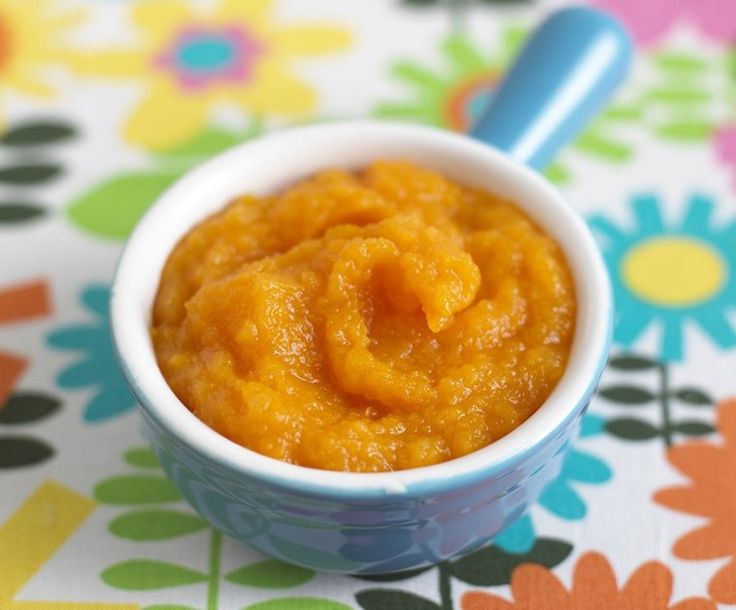 It is low-allergenic, easily digestible, rich in useful substances. In addition, the taste is ideally combined with melon. Therefore, for the first time, it is recommended to make apple-melon puree, feed it to a child and observe if there are any allergic reactions, increased gas formation.
It is low-allergenic, easily digestible, rich in useful substances. In addition, the taste is ideally combined with melon. Therefore, for the first time, it is recommended to make apple-melon puree, feed it to a child and observe if there are any allergic reactions, increased gas formation.
Attention! The first time is better to be content with 0.5-2 teaspoons of puree.
Ingredients for winter melon puree
A caring and thrifty mother will take care of her baby's nutrition already in the summer, at the height of the season. To keep vitamins for the whole year and teach them to your baby in an interesting and tasty way, you can use ripe berries, fruits, and vegetables. If we are talking about preparations for the winter for babies, it is better to use the freezing method, rather than conservation.
Melon goes well not only with apples, but also with various berries, banana, peach, plum, avocado, mango and many others. Already from the age of 7 months, it is allowed to introduce raspberries, blueberries, black and red currants, and cherries into the diet. Raw apricots and peaches, like melons, must be used very carefully, so when making puree, it is better to give preference to safer berries and fruits.
Raw apricots and peaches, like melons, must be used very carefully, so when making puree, it is better to give preference to safer berries and fruits.
Banana-melon puree has a delicate creamy texture, which is very loved by kids for its sweet taste and pleasant pulp. By combining melon with berries, you can enrich the puree with a lot of vitamins. The selected ingredients must be placed in a blender and beat until a homogeneous mass without lumps. Next, you should taste it.
After preparing the melon puree, pour it into small disposable cups and freeze using the No Frost system. In winter, it is enough to get one serving and defrost in the refrigerator. The fruit mixture will exude a real genuine aroma of freshness, give the child real pleasure, saturate with nutrients that are important for the developing organism.
Easy winter melon puree recipe
Wash the melon well before making the puree. This fruit grows on the ground and has bacteria on its skin.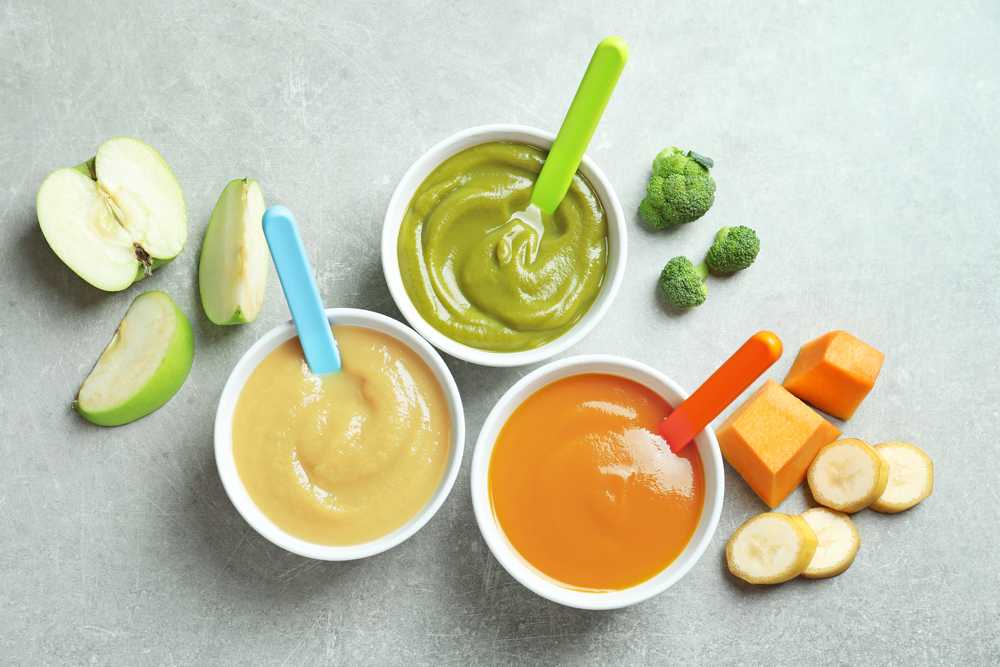 When cut, some of them fall on the knife, and then on the pulp of the fruit. Therefore, you need to wash the melon under running water with soap, dry it with a towel, and then divide it into parts. You should get rid of not only the peel, but also the greenish layer that separates it from the orange pulp.
When cut, some of them fall on the knife, and then on the pulp of the fruit. Therefore, you need to wash the melon under running water with soap, dry it with a towel, and then divide it into parts. You should get rid of not only the peel, but also the greenish layer that separates it from the orange pulp.
Next cut the melon first into slices and then into pieces. Dip in a blender bowl, add a little boiled water or apple juice, beat. Pour the resulting mass into small containers intended for freezing liquid products (containers, cups). One serving should have a volume that the baby can eat immediately, so as not to store thawed melon puree for a long time - it will be fresh for only a few hours.
Terms and conditions of storage
Melon, unlike watermelon, is difficult to choose by knock, you need to look at its tail. It should be dry and thick. And at the opposite end - the crust is soft and sagging, the softer it is, the sweeter the melon. Also, there should be no spots on the skin of the fruit, this indicates that the melon is ripe and not overripe.
If, after purchase, it turns out that the fruit is not ripe, it should not be used as food for babies yet. The melon should be placed somewhere on a shelf or hung in a room with relatively high humidity and a temperature of at least 0 degrees. Ripe fruit, even if not cut, must be stored in the refrigerator. In heat, a ripe melon begins to ripen very quickly and in a short time (3-4 days) can become overripe, begin to rot, deteriorate.
The cut melon must be stored in a special container in the refrigerator. If you leave it at room temperature, it will spoil in a day. In proper conditions, it can lie up to 7 days. It is best to cut the melon into pieces and freeze, so it is stored the longest, until the new season.
In winter, it remains to carefully remove it from the freezer compartment, let it thaw slowly in the refrigerator. Then mash with a fork or chop with a blender, and the puree is ready. It can be added to cereals, mixed with other fruit or berry mass, and prepared melon puree soup.
Conclusion
Melon puree diversifies the baby's diet, brings a bright summer note to it, a delicate pleasant taste, gives energy and health. It will not be difficult for mothers to prepare such a dish for the winter. It remains only to successfully choose the ratio of the fruit and berry composition and freeze the melon puree correctly.
Melon in baby food
Special feature of : It can be introduced into the children's diet not earlier than 1 year. It is better to use separately from other products.
Melon is a plant of the gourd family. Gourd culture. The birthplace of the melon is considered to be Central and Asia Minor. The first mentions (lat. pepones ) are found in the Bible.
100 grams melon contains 35 kcal
| Vitamins | Macronutrients | Microelements |
| Vitamin PP - 0. Beta-carotene - 0.4 mg Vitamin A (RE) - 67 mcg Vitamin B1 (thiamine) - 0.04 mg Vitamin B2 (riboflavin) - 0.04 mg Vitamin B5 - 0.2 mg vitamin B6 - 0.06 mg Vitamin B9 (folic) - 6 mcg Vitamin C - 20 mg Vitamin E - 0.1 mg Niacin - 0.5 mg | Calcium - 16 mg Magnesium - 13 mg Sodium - 32 mg Potassium - 118 mg Phosphorus - 12 mg Chlorine - 50 mg Sulfur - 10 mg | Iron - 1 mg Zinc - 0.09 mg Iodine - 2 mcg Copper - 47 mcg Manganese - 0.035 mg Fluorine - 20 mcg Cobalt - 2 mcg |
The fruit of the melon has a spherical or cylindrical shape of green, yellow, brown or white color, usually with green stripes.
Composition and nutritional properties of melon
100 g of melon contains:
- Proteins - 0.
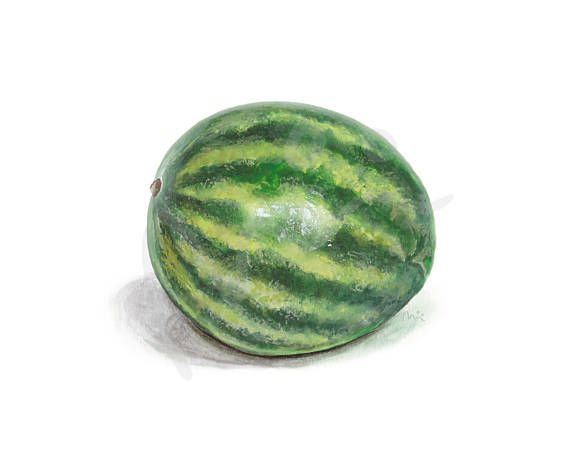 6 g
6 g - Fats - 0.3 g
- Carbohydrates - 7.4 g
- Water - 90 g
- Starch - 0.1 g
- Ash - 0.6 g
Read also: Useful product. Melon
Health benefits of melon
There are few vitamins in the melon, but it contains a lot of folic acid, so it is very useful for anemia, liver diseases, atherosclerosis, gastroenterocolitis.
Melon quenches thirst well and calms the nervous system. It has delicate fiber, which enhances intestinal motility, has a laxative effect and helps to eliminate cholesterol from the body.
There are also few mineral salts in the melon, but it contains a lot of iron, so it is useful in the treatment of anemia.
These fruits have urinary and choleretic properties, it is useful to use them for diseases of the genitourinary system, cardiovascular system, and gallbladder.
Contraindications for use
There will be no harm from melon with proper and moderate use. However, for this you need to follow a few rules.
However, for this you need to follow a few rules.
The most important thing is that you need to use melon only after the main meal, as a dessert or even separately. In no case should you drink melon with alcohol or cold water.
In addition, it is believed that melon can harm overweight people, ulcers and diabetics.
It is also recommended to reduce the consumption of melon to breastfeeding mothers, as the baby may have an upset stomach.
Melon in baby food
Melons are very useful for constipation. Since the melon contains easily digestible iron salts, it is useful for children, especially at an early age, with anemia.
Children can be offered a piece of melon, starting from the age of one. But do not forget that melon is a heavy product. The baby may have a problem with the tummy (from a feeling of heaviness in the stomach to diarrhea) - do not give a lot of melon to the child. Carefully observe how the child reacts to the melon, whether the gastrointestinal tract is in order.
For children under 2 years old, 50 g is enough, for children aged 2-3 years, 100 g is enough, and for children over 3 years old, 150 g.
Read also: How to choose a melon
Preparation and consistency
Melon is mainly eaten raw, cut into slices, with the outer skin removed. It is also dried, dried, processed into melon honey, jam, candied fruit.
Before use, melon must be washed with a brush in running water. Since the greatest amount of nitrates accumulates under the peel, only the pulp of the middle of the melon should be offered to the child.
Melon Recipes for Children
Baby melon cocktail - from 1.5 years old
Ingredients:
- Melon - 1.5 kg
- Lemon - 0.5 pcs.
- Sugar - 2 tbsp
- Mint - to taste
- Water - 3 tbsp.
Preparation:
- Wash the melon, remove seeds and peel, cut into small pieces and chop in a blender.
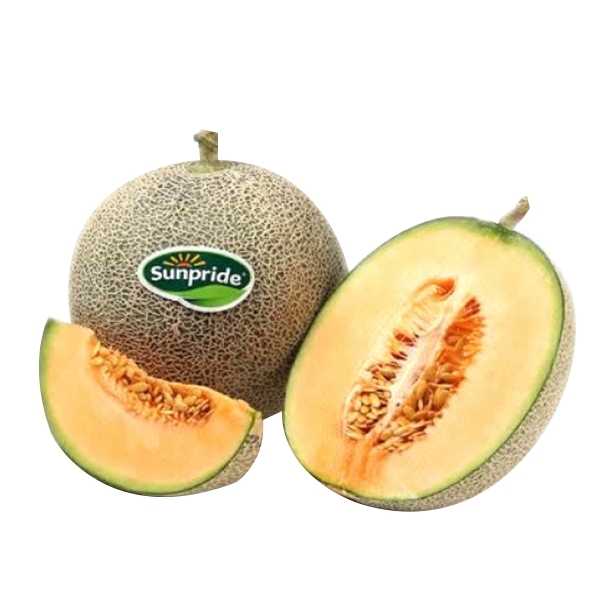
- Add sugar, 2 cups of water, lemon juice, mint (to taste) to the melon and beat at high speed until smooth.
- Add another glass of chilled water, stir.
Melon sorbet - from 3 years
Ingredients:
- Melon - 1 kg
- Sugar - 1 tbsp.
- Lemon - 1 pc.
Preparation:
- Wash the melon, remove the core, peel, cut into pieces.
- Blend melon pieces with lemon juice and sugar in a blender.
- Transfer the resulting puree to a glass or plastic form, cover and put in the freezer for two hours.
- Then mix and leave for another hour. Mix again and put in the freezer until serving.
Healthy dessert for children - from 2 years old
Ingredients:
- Melon - 2 slices.
- Banana - 2 pcs.


 4 mg
4 mg 

